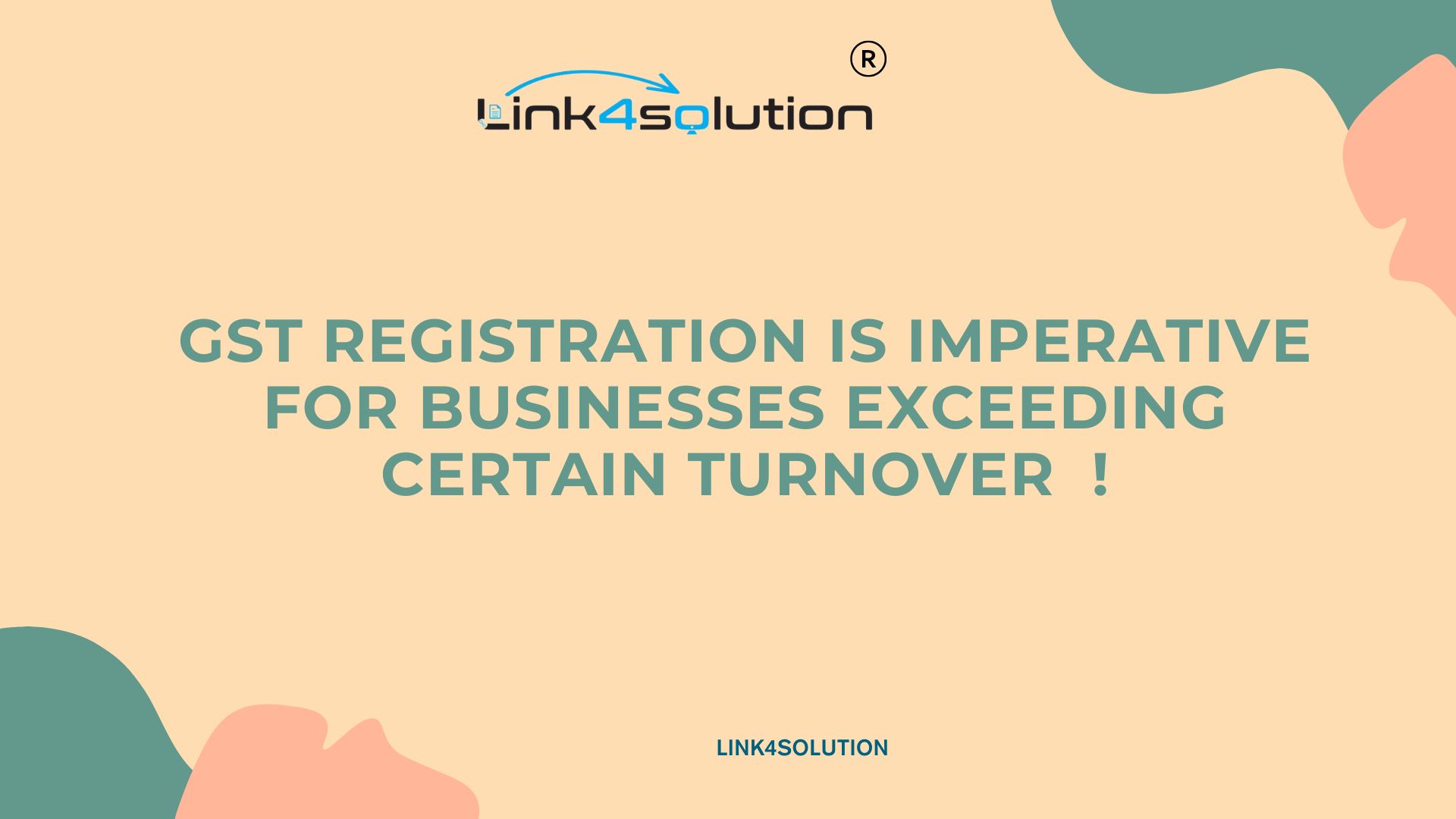Understanding the GST registration process is essential for businesses in India. This comprehensive guide covers everything from eligibility to the documentation needed for successful registration.
Contents:
1. Eligibility Criteria for GST Registration
2. Types of GST Registration
3. GST Registration Process
4. Documents Required for GST Registration
1. Eligibility Criteria for GST Registration
GST registration is imperative for businesses exceeding certain turnover thresholds:
– Turnover Criteria: Mandatory for those with over Rs. 20 lakhs in turnover (Rs. 10 lakhs in special category states).
– Inter-State Supply: Required for businesses supplying goods across state lines, regardless of turnover.
– E-Commerce Operators: Mandatory for those selling goods or services through e-commerce platforms like Flipkart, Amazon, and PayTM.
– Casual Taxable Persons: Required for those with temporary sales activities, regardless of turnover.
– Voluntary Registration: Available to anyone, allowing for voluntary compliance and cancellation.
2. Types of GST Registration
The GST regime offers various registration types to cater to different business needs:
– Normal Taxpayer: No deposit required, and there’s no expiry date for the registration.
– Composition Taxpayer: Offers a simplified flat rate GST payment but disallows input tax credit claims.
– Casual Taxable Person: Ideal for temporary business setups, requiring an advance tax deposit, with registration valid for up to 3 months, extendable as needed.
– Non-Resident Taxable Person: For foreign suppliers targeting the Indian market, similar to the casual taxable person’s requirements.
3. GST Registration Process
The GST registration process is streamlined and user-friendly, conducted entirely online:
1. Access the GST Portal: Visit www.gst.gov.in and navigate to ‘Services’ > ‘Registration’ > ‘New Registration’.
2. Generate a TRN: Complete OTP validation to generate a Temporary Reference Number (TRN) for your application.
3. Submit Business Information: Fill in the business, promoter, and authorized signatory details through the portal.
4. Principal and Additional Business Locations: Provide detailed information about your main and any additional business premises.
5. Goods and Services Details: List the goods and services you provide, including HSN and SAC codes.
6. Bank Account Details: Enter your business’s bank account information and upload the required financial documents.
7. *Final Verification*: Review all entered details for accuracy before submission to generate an Application Reference Number (ARN).
You will receive an acknowledgment via email and SMS shortly after.
4. Documents Required for GST Registration
To complete the registration, you’ll need to compile the following documents:
– Stakeholder photographs (Proprietor, Promoter, Partner)
– ID and address proof of stakeholders
– Business constitution proof
– Authorized signatory’s photograph (for legal entities)
– Proof of principal place of business
– Bank account details and supporting documents
With these steps and requirements in mind, businesses can navigate the GST registration process efficiently, ensuring compliance and a solid foundation for their commercial activities in India.



